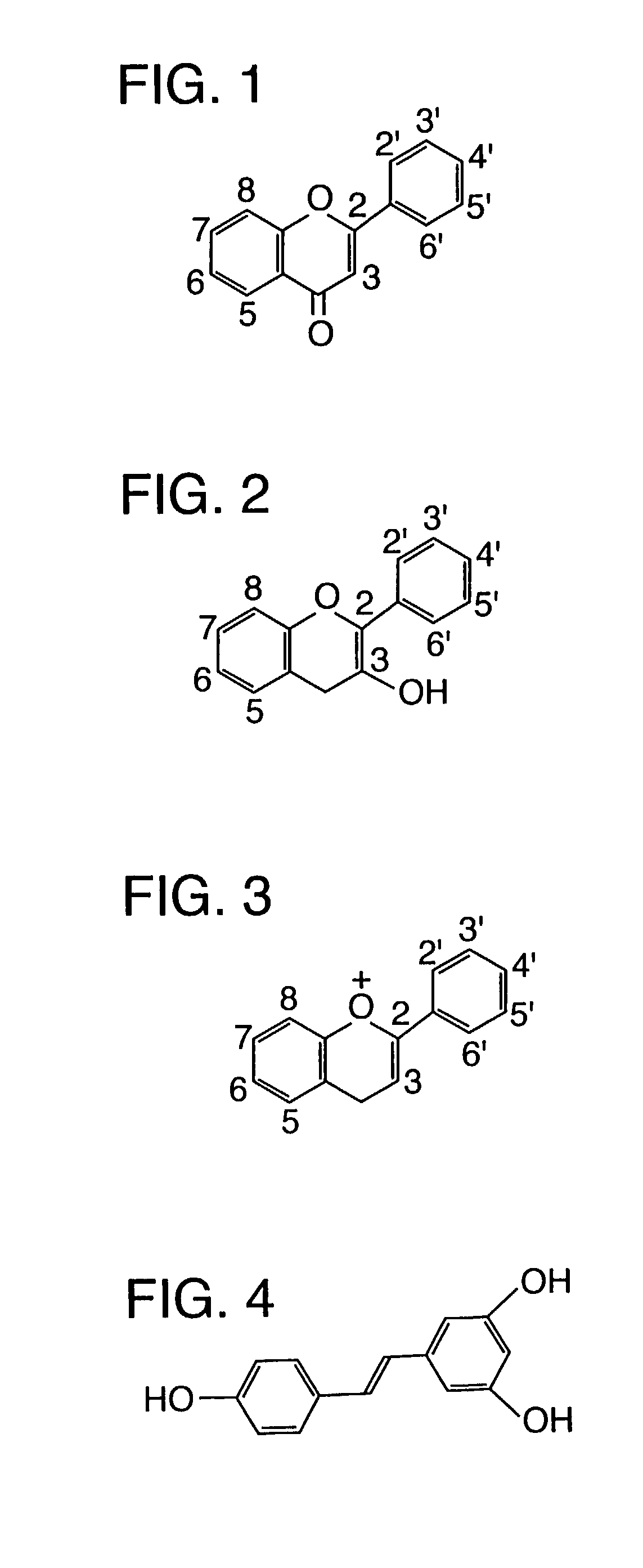High molecular weight, lipophilic, orally ingestible bioactive agents in formulations having improved bioavailability
a bioactive agent and high molecular weight technology, which is applied in the field of high molecular weight, lipophilic, orally ingestible bioactive agents in formulations having improved bioavailability, can solve the problems of not being readily absorbed by the digestive tract of the human body, scientists involved in the formulation of such products, and not being able to soluble in water. , to achieve the effect of increasing the absorption of a large and increasing the shelf life of the preparations
- Summary
- Abstract
- Description
- Claims
- Application Information
AI Technical Summary
Benefits of technology
Problems solved by technology
Method used
Image
Examples
Embodiment Construction
GelOil SC [composed of refined soybean oil; 2 to 5000 mg mono-, di- and / or triglycerides (of 16 to 18 carbons), polyglycerol oleate and / or dioleate].sup.1 Lipophilic Bioactive Agent(s) 1 ng to 1000 mg Polyphenolic Compound(s) 1 .mu.g to 500 mg Tocopherol or Mixed Tocopherols 1 .mu.g to 500 mg .sup.1GelOil SC is a proprietary blend of Soft Gel Technologies, Los Angeles, CA Procedure: Heat the GelOil SC to 25.degree. to 35.degree. C. in a vessel under vacuum. Remove the vacuum, quickly add the lipophilic bioactive agent(s), the polyphenolic compound(s), and the tocopherol to the heated GelOil SC. Reinstate the vacuum to prevent oxidation. Blend and continuously stir mixture until all ingredients are dissolved in the GelOil SC. Cool the mixture to 25.degree. to 30.degree. C. # Remove vacuum and blanket mixture with nitrogen. Encapsulate the mixture into soft gelatin capsules.
[0105]
5TABLE 5 Formulations for Specific Large, High Molecular Weight, Lipophilic, Bioactive Agents Examples Ing...
PUM
| Property | Measurement | Unit |
|---|---|---|
| Fraction | aaaaa | aaaaa |
| Fraction | aaaaa | aaaaa |
| Fraction | aaaaa | aaaaa |
Abstract
Description
Claims
Application Information
 Login to View More
Login to View More - R&D
- Intellectual Property
- Life Sciences
- Materials
- Tech Scout
- Unparalleled Data Quality
- Higher Quality Content
- 60% Fewer Hallucinations
Browse by: Latest US Patents, China's latest patents, Technical Efficacy Thesaurus, Application Domain, Technology Topic, Popular Technical Reports.
© 2025 PatSnap. All rights reserved.Legal|Privacy policy|Modern Slavery Act Transparency Statement|Sitemap|About US| Contact US: help@patsnap.com

